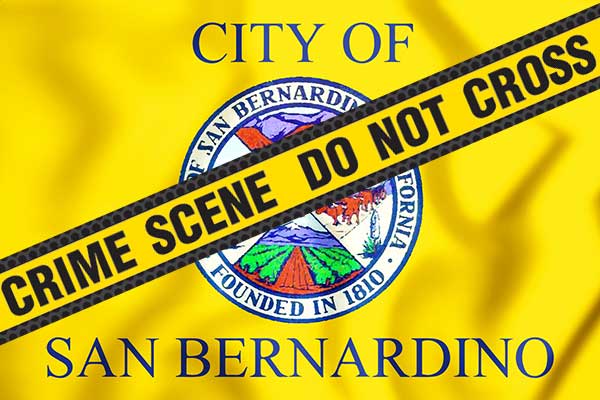
by Alan Cohen | Oct 23, 2018 | Crime Scene Cleanup
Out of all of California, San Bernardino now has one of the highest crime rates in the entire State of California. With all the violence committed on properties throughout the city, unfortunately, there is a high likelihood that you or someone you know will be... 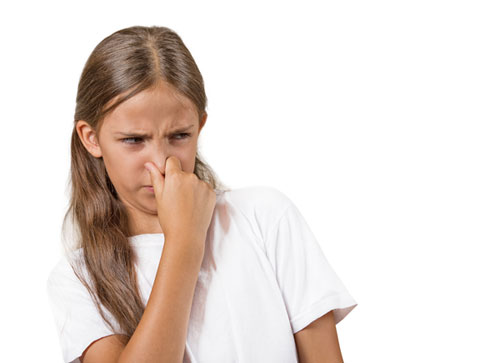
by Alan Cohen | Sep 29, 2018 | Death Cleanup
When a loved one dies and goes undiscovered for a period of time, there is an unforgettable and unique pungent odor that remains in a home even after the body has been removed. There is no amount of “airing out” or air freshener that will alleviate the odor. The dead... 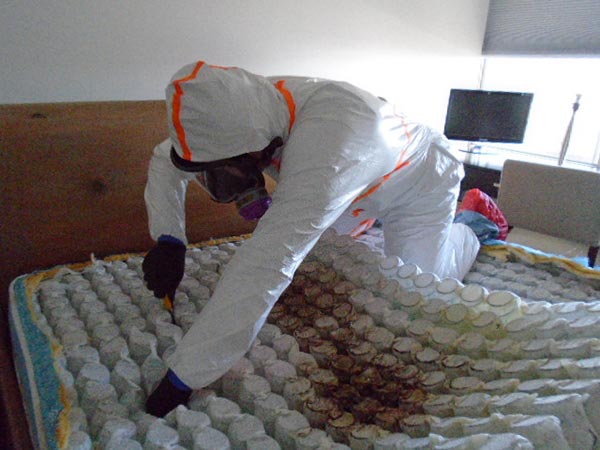
by Alan Cohen | Sep 14, 2018 | Death Cleanup
When a death occurs from natural causes, a suicide, or an undiscovered death, the person is often found on a mattress or other piece of furniture such as a sofa or recliner. It is likely that the death left behind some bodily fluids such blood and liquefied body fat... 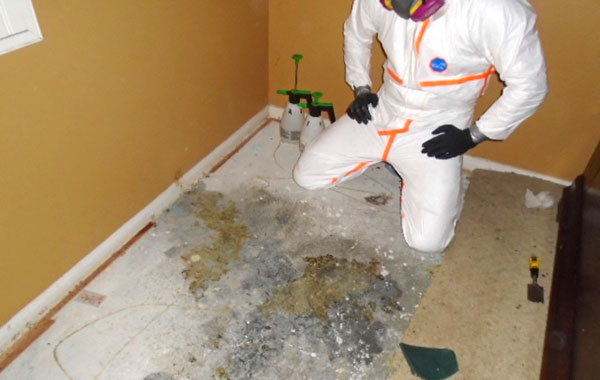
by Alan Cohen | Jul 31, 2018 | Blood Cleanup
Cleaning up a blood spill goes far beyond the surface and what can be seen and is not about the stain as if it were coffee but rather the risk of infection now and in the future. Often times when there is a situation causing a blood spill our immediate reaction is to... 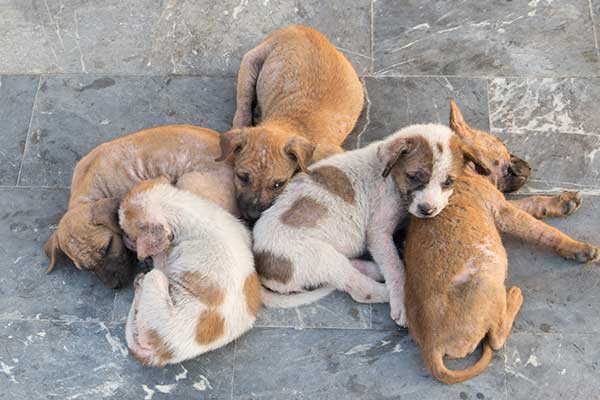
by Alan Cohen | Jun 27, 2018 | Animal Hoarding
It can seem to an outsider that hoarding animals is inhumane and a form of cruelty for without proper care, animals become malnourished and diseased. To the person hoarding all the animals, however, each animal is important to them and the person sees themselves as...





